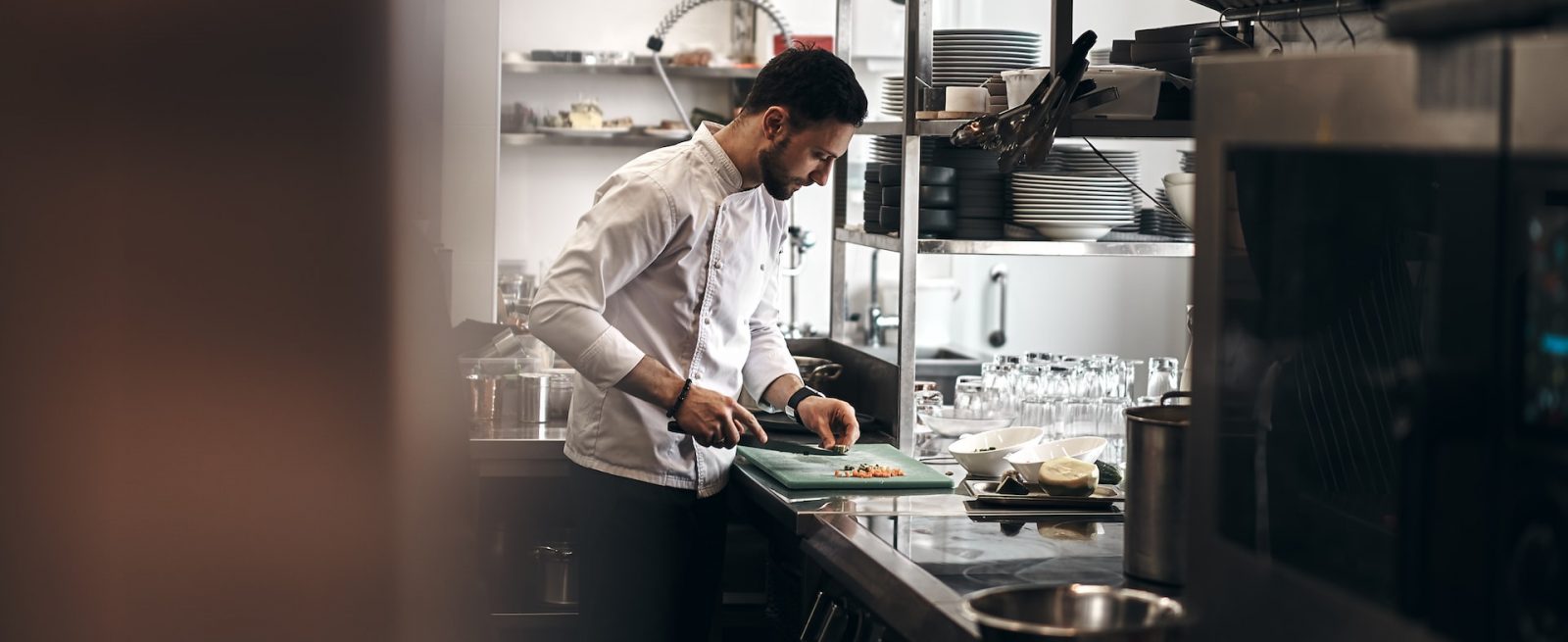Back of House, Yet Front-Facing Priority – Restaurant BOH Trends to Monitor in 2023
4 Min Read By Matt Vannini
Is your restaurant up to speed with the latest best practices for back of house (BOH) management? Those areas of your restaurant that aren’t typically seen by customers but directly impact your business. So, even if your customers are unaware of what’s going on behind the scenes, any operational inefficiencies will eventually surface – with potentially dire consequences for your business. Everything from decreasing food waste to exploring how automation can increase revenue for small business restaurants is related to BOH procedures. So, which back of office trends should restaurant ownership and management be concerned with heading into 2023?
An interesting tidbit about those dark days of 2020-21: restaurants, bars, food trucks and other establishments that were able to remain efficient with their back of house (BOH) services were most likely to survive and even thrive.
Think about it: your kitchen isn’t usually noticed by customers directly – but your kitchen output is perhaps the most critical factor for success. Same goes for office space, break room, and other management areas; if your BOH infrastructure isn’t up to speed, there is an inevitable “domino effect” that will negatively impact business.
Here are some back of office trends to watch for in 2023. They include restaurant management tips for cutting costs, decreasing food waste, and much more.
More Equitable Compensation
In years past, front of house personnel – servers, bussers, hostesses, etc. – received the majority of customer tips. In order to more evenly distribute this income, some restaurants in 2023 are moving toward a system that spreads the wealth around for BOH staff (cooks, maintenance personnel, etc.). Two primary methods are involved. The first way is for restaurants to calculate all front-end staff tips, then equally divide up tips between all workers, including BOH. Keep in mind, any tip redistribution process has to comply with the Fair Labor Standards Act. The second way (more popular with front of house personnel, for obvious reasons) is for restaurants to add a small service charge, something like two-to-three precent, which is distributed to the BOH team. For any service charge to be a net-benefit for your restaurant and employees, always focus on the customer. If you’re not adding value to their experiences, this method is likely to backfire. Keep an eye on this trend, as it may have a direct impact on how your employees are compensated in 2023 and beyond.
Decreasing Food Waste
Your BOH personnel – both kitchen staff and planning / management – play a key role in reducing food waste. With inflation sure to remain a key factor in managing restaurant costs in 2023, it’s more important than ever to ensure your BOH practices have a sound waste reduction plan in place. The best way to decrease food waste is to have accurate, up-to-date analysis, which means implementing a reliable restaurant accounting system. This assists with calculating current stock levels, along with tracking future costs, forecasting, and optimal inventory management. Also, BOH staff should establish a declining spending budget to account for weekly purchases and pinpoint how much budget remains for need-it-now food and ingredient purchases.
Efficient, On-Point Automation
Automation – this hot-button word is sometimes associated with computers and food prep processes that eliminate the need for having actual people involved with BOH tasks. That’s not what we’re talking about in 2023…rather, it’s more about knowing how automations can increase revenue for small business restaurants. In short, many smaller establishments are leaning on cloud-based accounting software to do everything from track expenses to stay on track of tax and compliance to forecasting and much more. With back-end automation in your corner, you’ll notice an uptick in BOH efficiency right away. What’s more, smart automation upgrades enable flexible growth prospects; the ability to scale at ease is more doable, thanks to reduced overhead. For example, a targeted automation effort to your accounting system can save the extra costs associated with hiring an accountant or controller.
Redesigned BOH Workspaces
The most obvious BOH upgrades here will come in the form of a highly efficient, easy to manage kitchen. As restaurants are looking to minimize inefficiencies to increase profit, it helps to take an in-depth look at how your kitchen is currently operating. Does the equipment layout make sense for all staff? A slight tweak in your restaurant’s food preparation configuration can make all the difference. How about the communication between your executive chef, sous chef, line cooks, and prep cooks? Encourage collaboration or even a brief meeting with kitchen staff to settle on a system that works for everyone. Beyond the kitchen, make sure your BOH layout accounts for a well-run, efficient office space. This includes utilizing unused office space to accommodate food storage, meal prep stations, and more.
Streamlined Supply Chains
This BOH trend took hold in the latter half of 2022, and will continue to be a significant element of restaurants all across the country. With sustainability an ever-important factor in menu engineering, your restaurant can look into sourcing more local ingredients, which makes sense from both logistical and environmental standpoints. Again, having an accurate forecasting and planning system (restaurant accounting software) is a must-have for more efficient supply chain processes.
Purchasing and Manufacturer Rebates
One of the smartest – and easiest – ways to boost your restaurant’s BOH processes is to take advantage of purchasing and manufacturer rebates. Some of the most common menu ingredients, kitchen supplies, and other essential restaurant products qualify for rebates and cash back incentives simply by utilizing an in-network program.
These are just a few BOH and back of office trends to stay current with in 2023. If recent history is any guide, the restaurant industry will continue to evolve and adapt in an ever-challenging environment. Even as COVID-era practices for your restaurant are phased out, how your establishment navigates quickly-changing priorities will help ensure optimal ROI.

